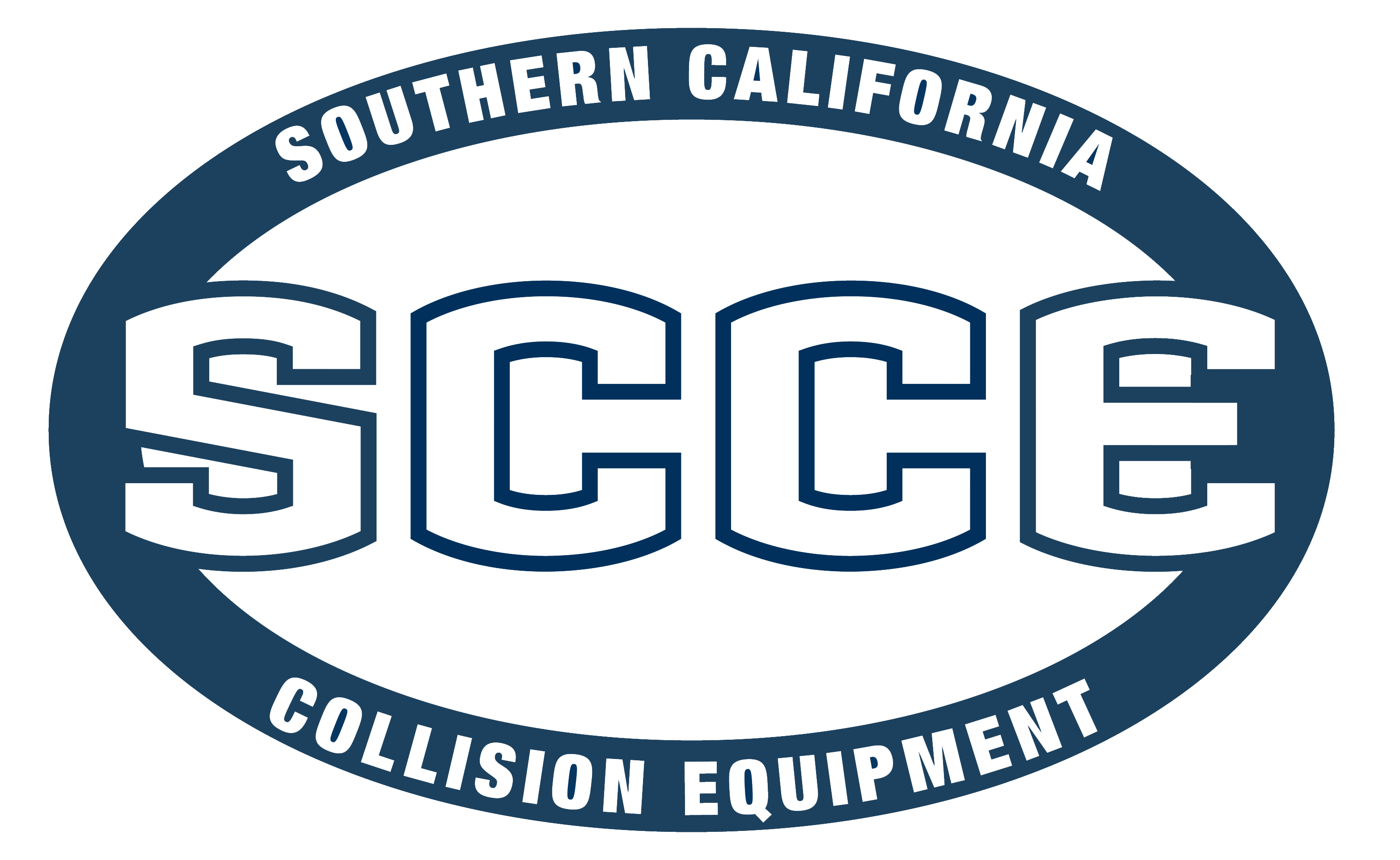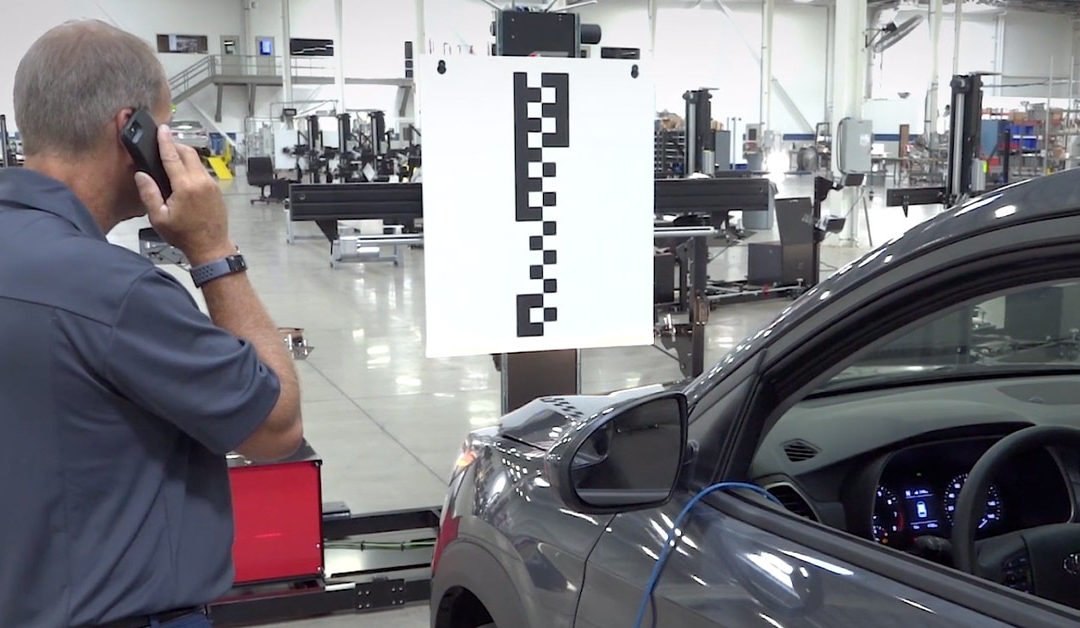Nobody likes working on or paying for an unnecessary repair. As more and more driver assistance systems like pedestrian monitors, hands-free parking and emergency braking are included with new vehicles, more and more ADAS (advanced driver-assistance systems) calibrations will be needed to repair them properly. But unless you’re looking at a warning light on the dash, sensor damage can’t really be seen with the naked eye. So how will you know when a repair is necessary? It’s not as complex as you may think.
ADAS calibrations should be completed any time a vehicle’s sensors are disrupted. For example:
- If a windshield is cracked, the heads-up display and rain sensors need to be recalibrated.
- If a vehicle is sideswiped, the mirrors and lane departure warnings need to be recalibrated.
- If a vehicle is in a fender bender, the bumper sensors need to be recalibrated.
- Even a wheel alignment, a new tire size or moving a camera during another repair can trigger the need for a calibration.
It boils down to this: If the sensors aren’t functioning at their factory settings or there’s a chance they won’t, then they can’t reliably keep the driver safe. ADAS calibration will almost never be an unnecessary repair. If there’s any kind of DTC in the car’s computer memory, it’s always better to calibrate just to be sure you’re sending a safe vehicle out the door.

